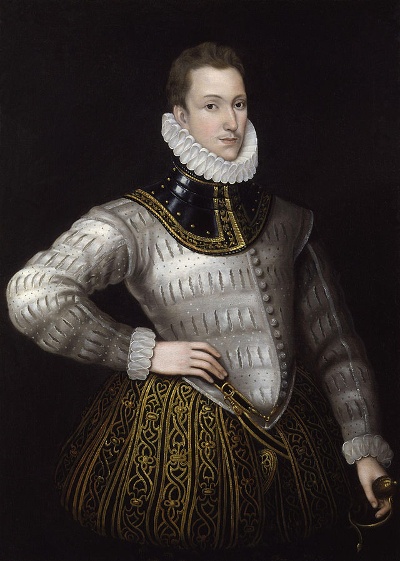Articles
- The world of Shakespeare and the Metaphysical poets 1540-1660
- British renaissance writers
- Key events
- Making sense of the tangible world
- Making sense of the intangible world
Elizabethan court life
Where the power lay
Most political and cultural activity was centred on the court of Queen Elizabeth. Parliament existed but only met when the sovereign decided, for as long as she wished. MPs were unpaid. Either they covered their own expenses, or had a patron whose money they took and whose bidding they did. The patrons would typically be aristocrats, who would frequent the court.
The courtly ideal
Career-minded young men, therefore, tried to become part of the court. But there was a courtly ideal, to which they needed to conform. This went back to the Renaissance ideal of the courtier, someone who was:
- Educated, but kept his learning hidden
- A soldier
- A poet
- A ladies' man, graceful and witty.
The Elizabethans frequently held up one man as their ideal, Sir Philip Sidney, a talented poet. Sadly, he died as a soldier, fighting a war in Holland.
 Education
Education
Many of these young men had been educated at the universities of Oxford or Cambridge, or at one of the Inns of Court in London. These Inns, like Lincoln's Inn, were training grounds for lawyers, and knowledge of the law was seen as a good entry point into politics, as it still is today. The young men of the Inns were within reach of all the cultural life of London, and, by all accounts, availed themselves of it.
Rumblings
By and large, the Elizabethan culture was buoyant and patriotic. The Spanish Armada's defeat in 1588 was perhaps a high point. In the 1590s, there were hints of factionalism, which finally broke out in the Earl of Essex's rebellion in 1601. Essex had been a favourite of the Queen so his disgrace was particularly shocking to the court. Elizabeth died soon after, in 1603.
Recently Viewed
Scan and go

Scan on your mobile for direct link.